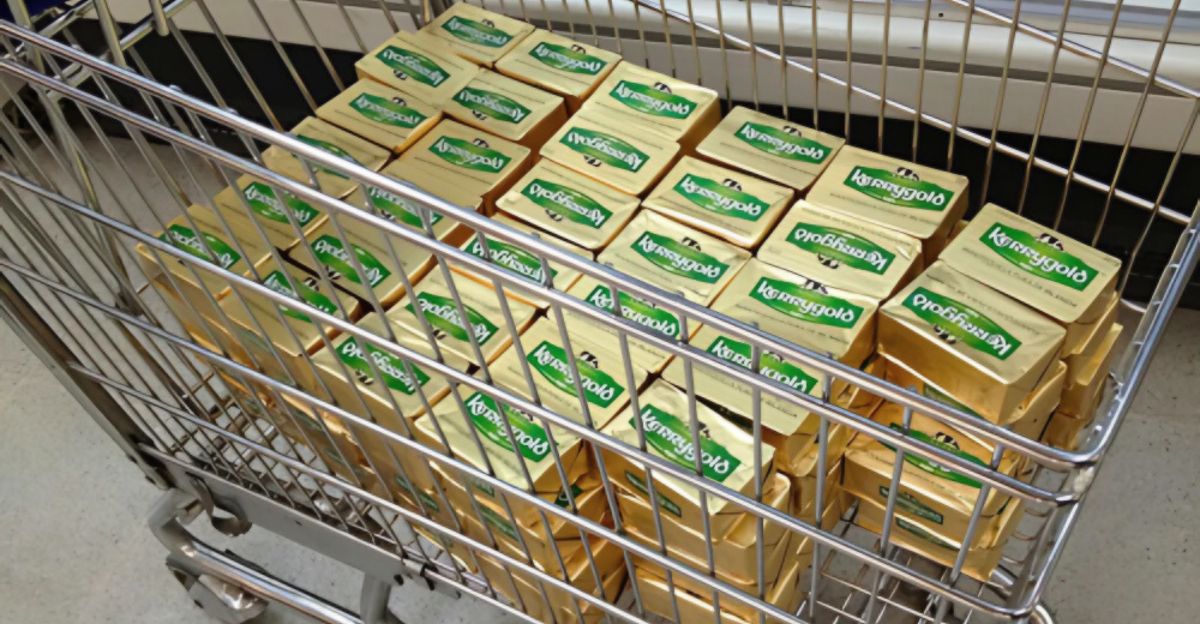
An unusual event occurred at Costco locations nationwide this week that left employees overwhelmed and consumers in an uproar.
Grocery carts were brimming with an unexpected load, store shelves were cleaned out within hours, and a mysterious deadline hung over everything that had shoppers scrambling to gather their goods before they went bad.
The atmosphere was like a Black Friday sale and doomsday prepper convention combined, yet the item of the day wasn’t electronics or doomsday supplies.
What caused this shopping frenzy has nothing to do with prices on the rise, clever advertising, or a product that is found in nearly every American household refrigerator.
The Feeding Frenzy Unfolds
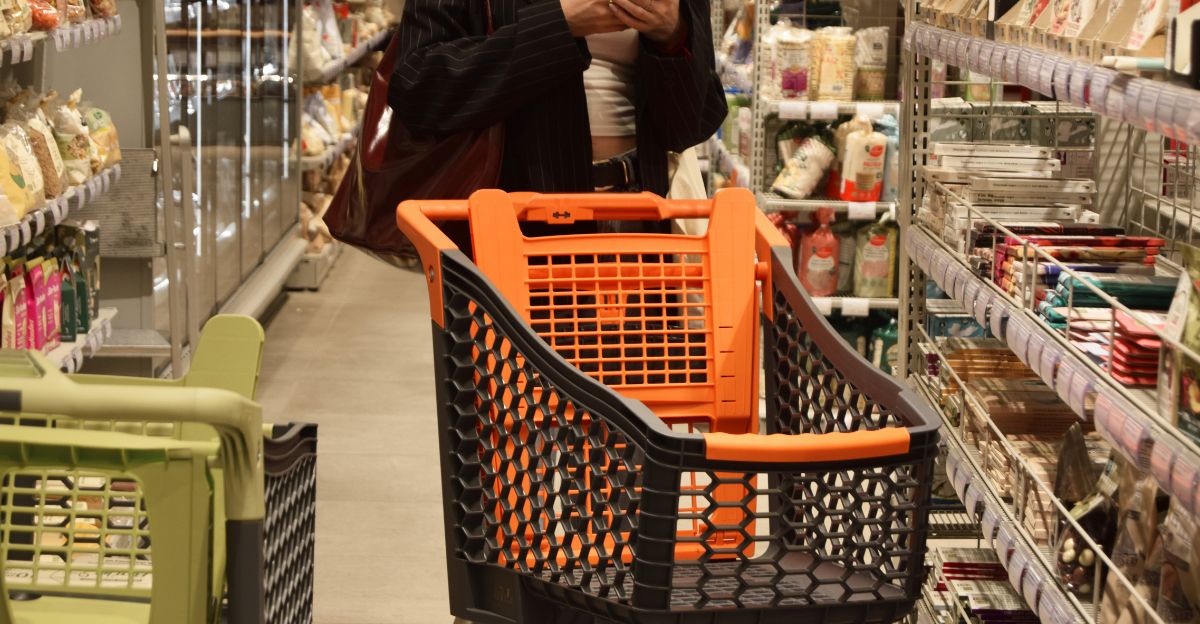
Costco customer Mike Bloemendal saw a “shark feeding frenzy” on Monday morning. Customers were loading up shopping carts with identical boxes, their faces fixed in the ultra-concentrated look of bargain hunters.
The air was charged as word spread down warehouse aisles of the limited-time offer that wouldn’t last all day.Workers had dual roles as stockroom clerks and crowd coordinators. One worker brought sad tidings to eager shoppers: the hard-to-find item would be gone in an hour and wouldn’t return.
The information only fueled more craziness as shoppers figured out how much of it they could buy legally before the window passed forever.
The Ten-Box Rule
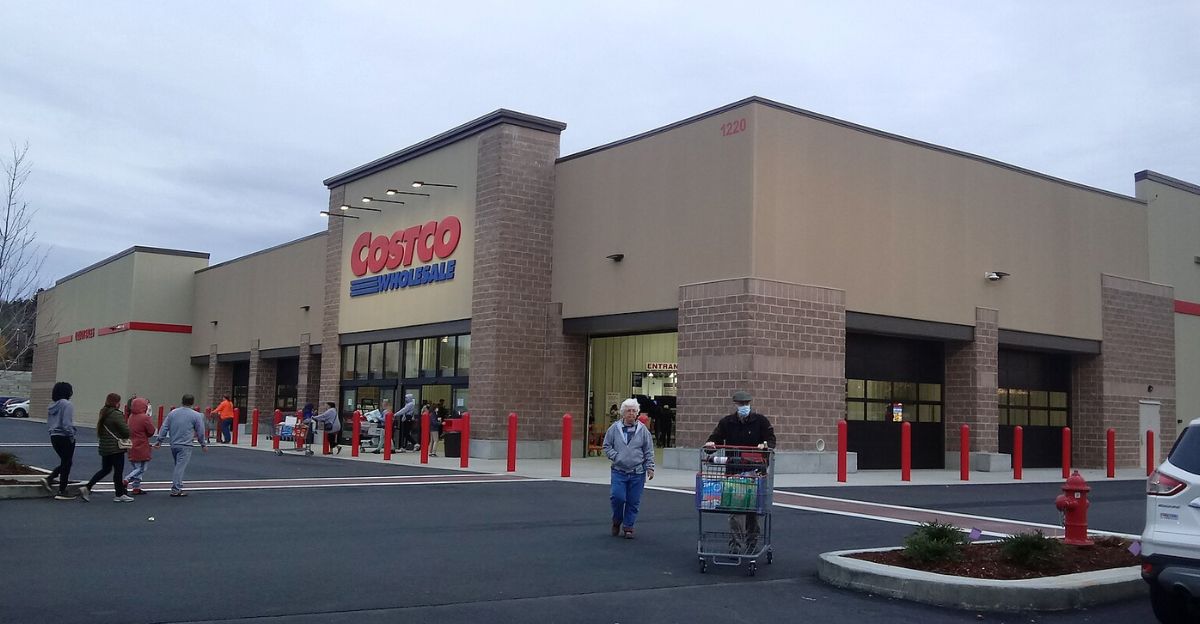
Costco placed a stringent buying limit that made waves on the warehouse floor. Ten boxes per person was all each shopper was allowed, a restriction which had families planning to bring extra members in order to buy more.
The restriction brought enterprising buying alliances as strangers calculated sharing their individual limits in an effort to get more of the sought-after product.
Behind the Price Surge
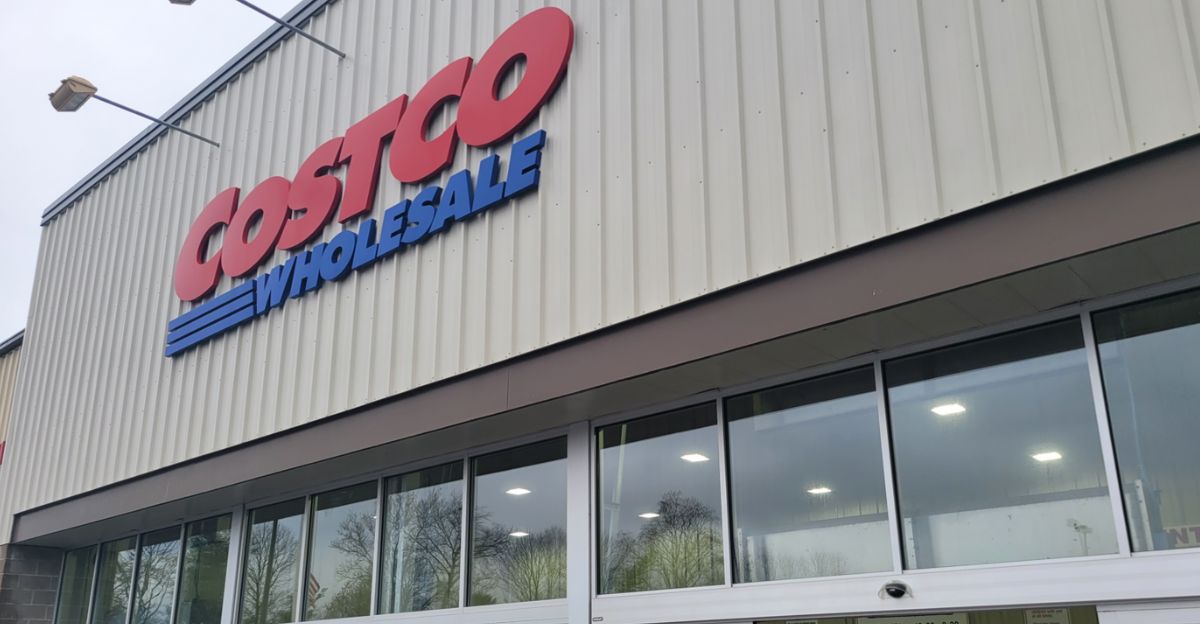
The shopping spree was not taking place in isolation. Market pressure had been building for months, creating the perfect storm that drove customers to extreme actions.
A commodity product that families use every day had seen astronomical price hikes, rising on average $3 per unit over 2024 levels. This was a huge budget blow to the family that prudent consumers could not ignore.
The Golden Ticket Price Point
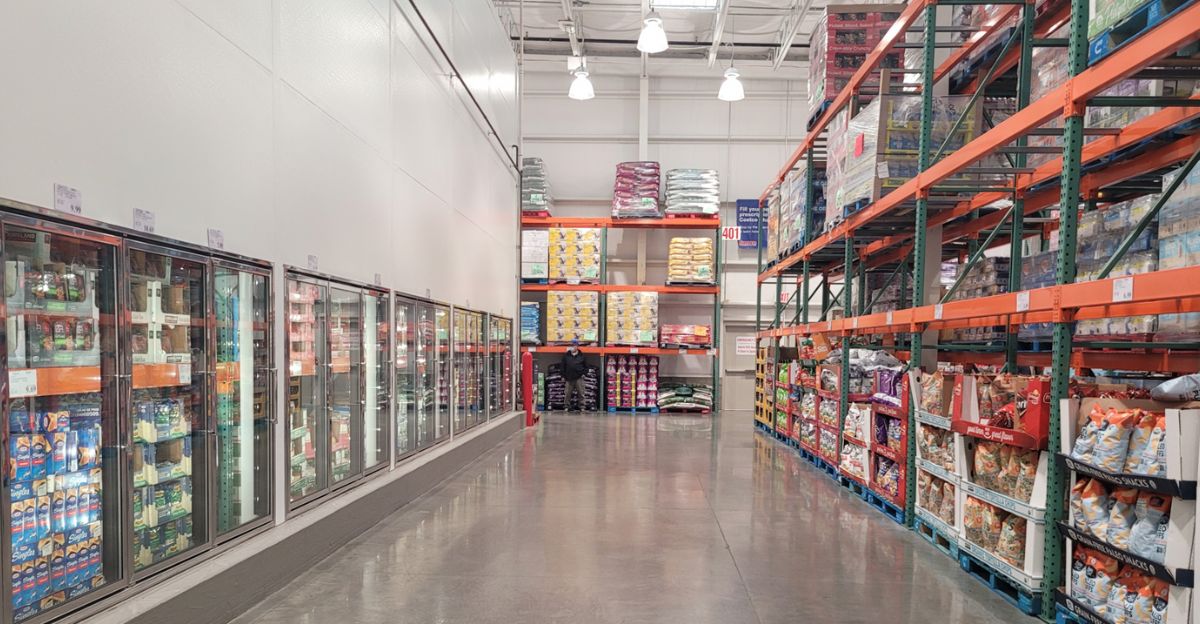
While standard retailers watched prices rise above $10 for normal sizes, Costco had something incredible.
Their warehouse prices presented an offer that was almost too good to be true, especially given the market.
The clever consumers weren’t slow to recognize the numbers and understand why other consumers were willing to scour entire shelves clean before the deal ran out.
Butter: The Unexpected Hero
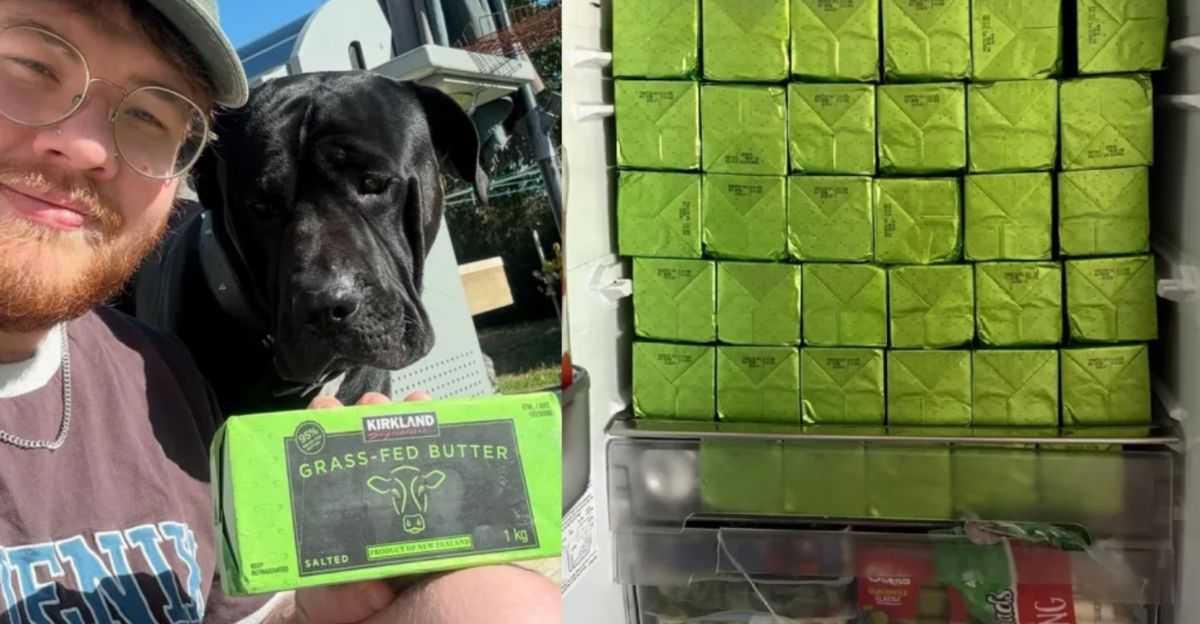
The product that caused all this commotion was butter, i.e., 1kg packs for an unbeatable $9.99. This was massive in comparison to the usual 500-gram package that cost $7.42 in 2024, which had increased to over $10 since then.
The Costco pricing made it possible to have double the quantity for pretty much the same price one would have spent for half the quantity at normal stores.
Storage Strategy Becomes Critical
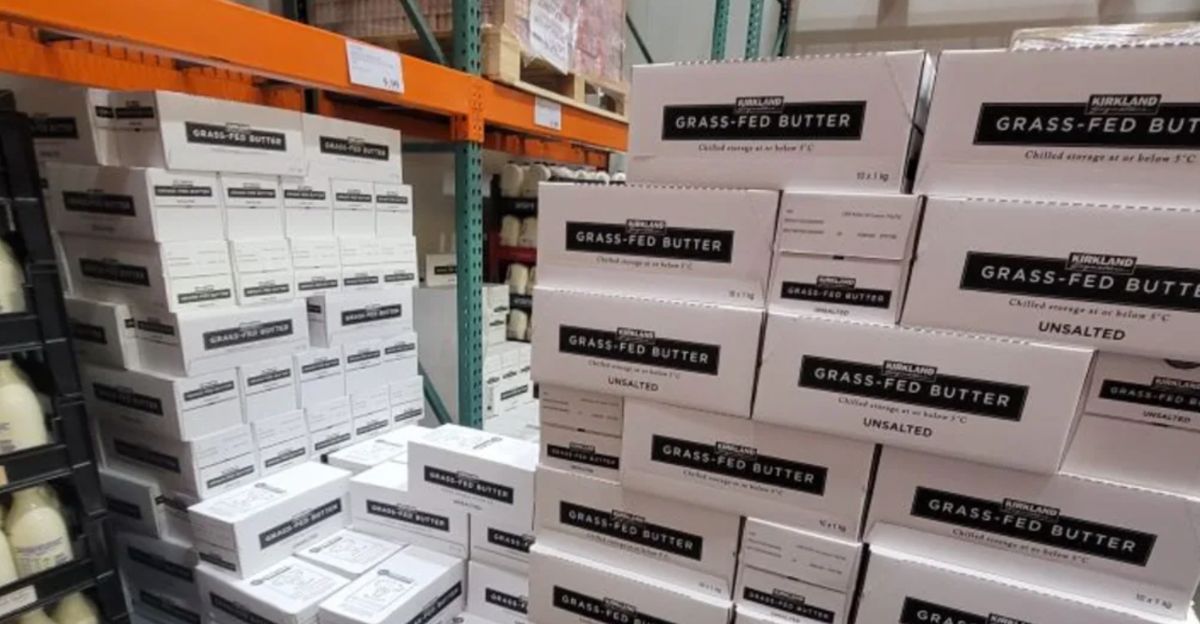
As shoppers were lugging “box upon box” of butter out, there were practical concerns voiced about storage and keeping.
Lewis Road Creamery food scientist Madison Dagger was an unlikely participant in the debate on stockpiling butter.
Her professional insight would prove to be must-read material for consumers who were planning on making sure their bulk purchases lasted, either until prices stabilized or stocks returned to normal levels.
The Three-Month Window
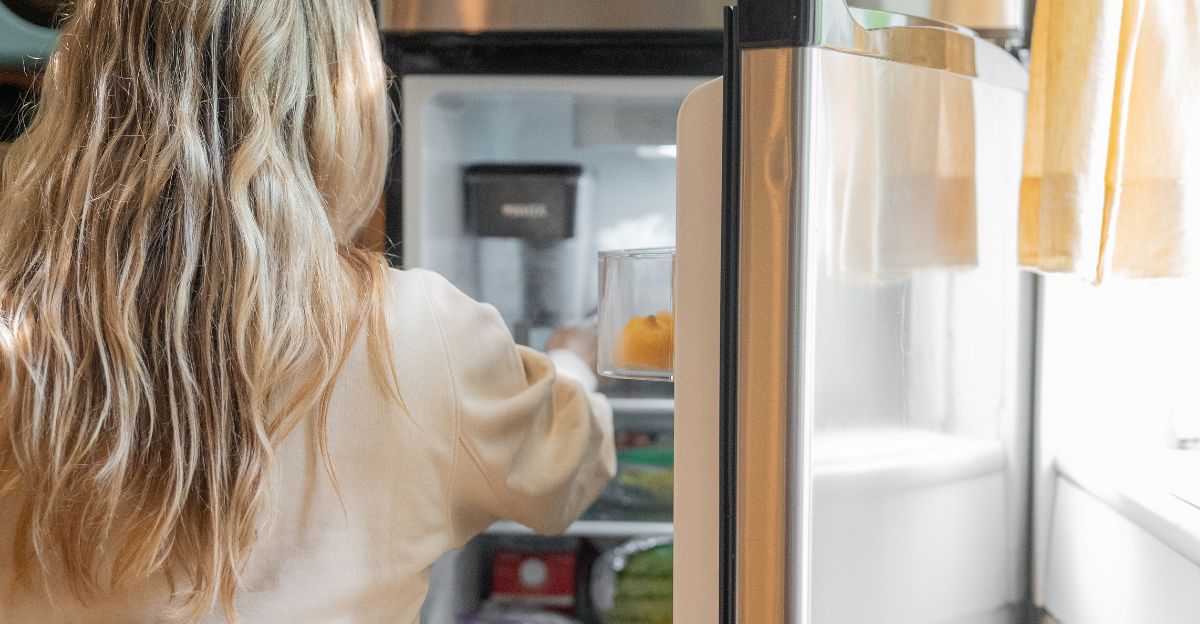
Proper storage is the key to making bulk purchases of butter a financially savvy move or a money-wasting blunder. Butter keeps well for three months if refrigerated in good condition at or below 4°C.
The secret, however, is ensuring proper packaging and storage conditions to avoid early spoilage that can convert discount shopping into food loss and financial waste.
Freezer Extension Strategy

Revolutionizing storage is freezing, which greatly extends the shelf life of butter. Quality can be preserved in well-frozen butter six to nine months, so it is economical for families to buy in bulk.
Freezing is the longest preservation program of the storage methods available for stashed supplies, but must be well-wrapped to prevent freezer burn and flavor taint.
Frozen Butter Hacks
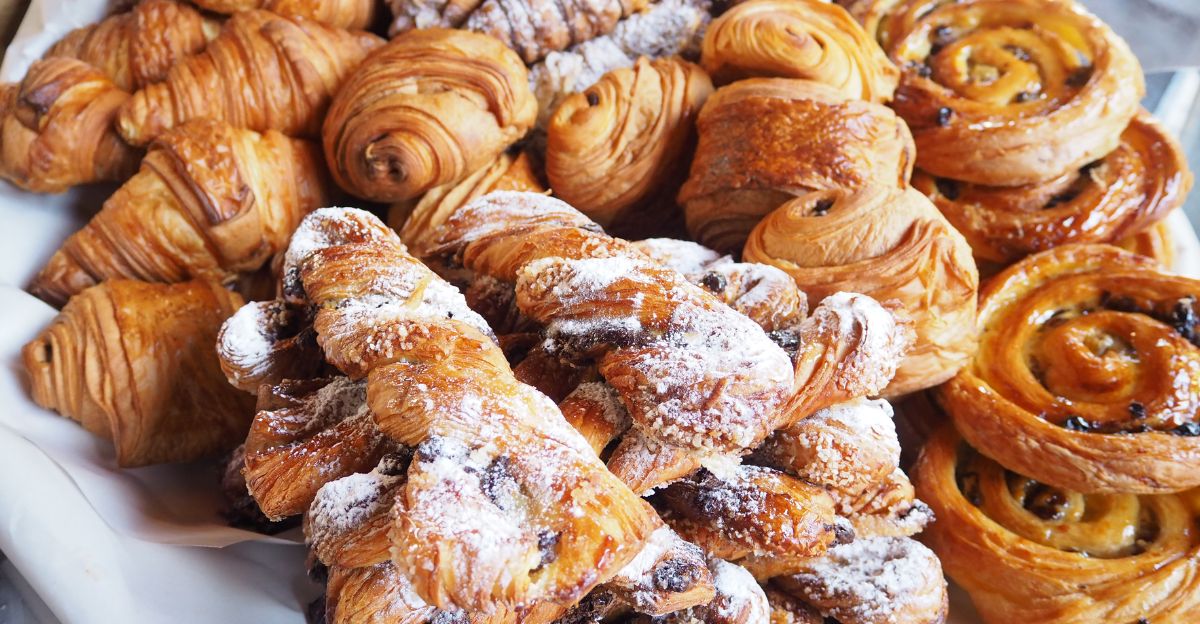
Food experts offer creative means to use frozen butter. Grating frozen butter straight into baked recipe preparation cuts out the thawing time without a loss of texture and quality.
The process is very useful in scones, pastries, and other baked goods where cold butter incorporation enhances final outcomes. The method transforms frozen stocks into viable cooking materials.
Protection From Contamination
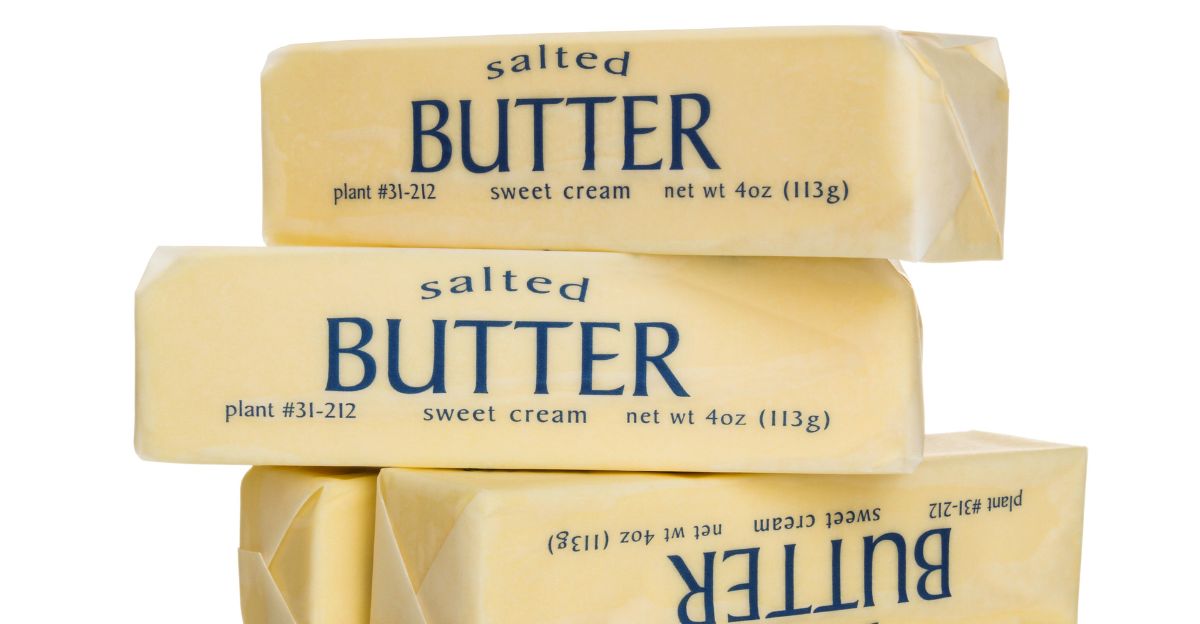
Effective butter storage entails prevention of flavor transfer and contamination. Butter tends to suck up bad flavors from garlic, onions, and other strong foods in close proximity.
Airtight storage or their original closed packaging keeps away unwanted flavor transfer and helps preserve the fresh butter flavor that justifies the bulk purchase for cooking and baking uses.
Light and Air: The Silent Enemies
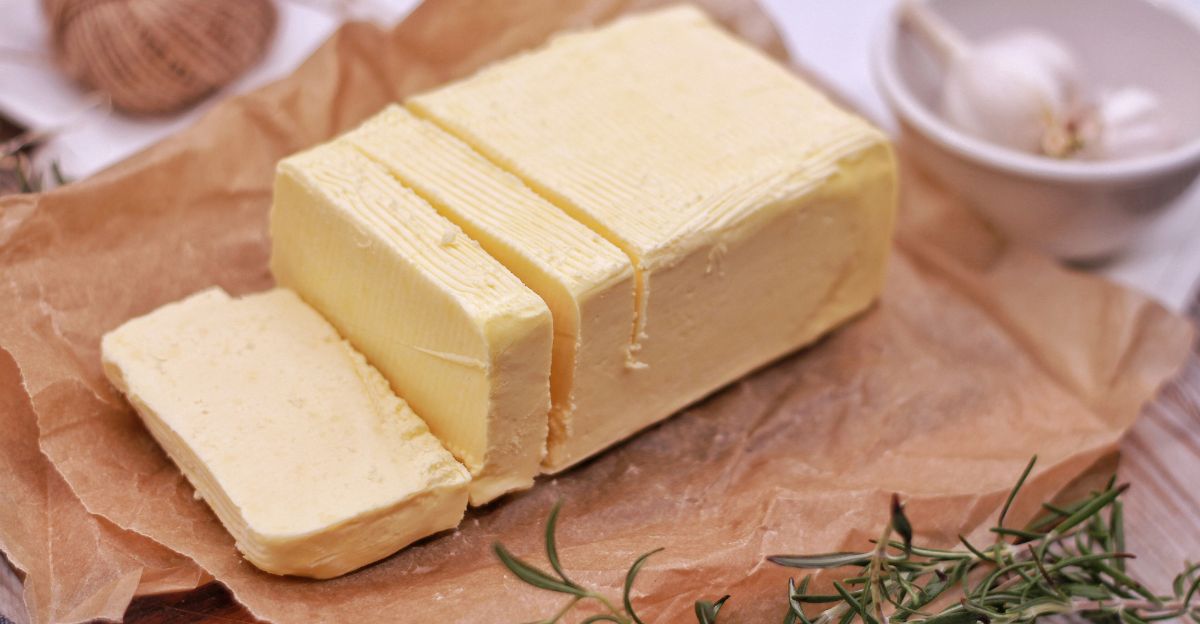
Environmental storage conditions play a significant role in affecting butter quality over prolonged periods of storage. Light promotes the oxidation reactions that lead to changes in flavor and texture, while air promotes the growth of rancidity. Dark storage and limited exposure to air are the best storage conditions for maintaining the quality that justifies buying in bulk.
When Bulk Buying Pays Off
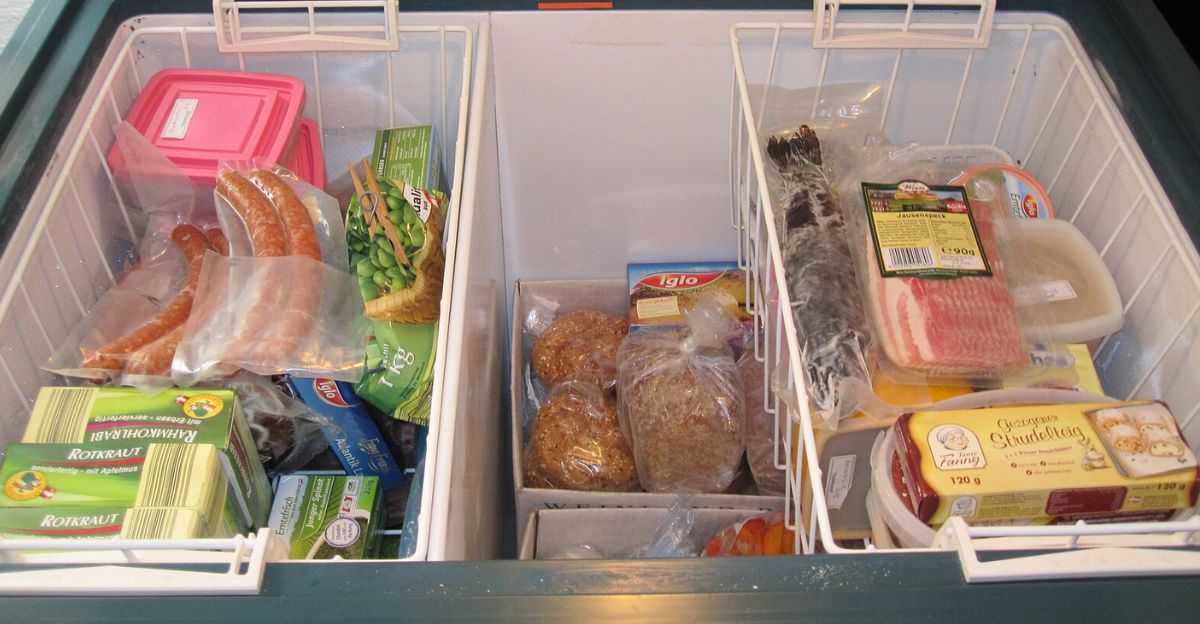
The Costco butter rush is an example of smart consumerism due to market forces and limited-time sales. Consumers who rushed to get their stockpiles before the June deadline will save money for months as other consumers pay escalating prices at traditional stores.
Armed with knowledge of storage hacks and forward planning, these bulk consumers turned a warehouse shopping excursion into a grand household budget win that will resonate long past the date of purchase.
Lessons for Future Bulk Buyers
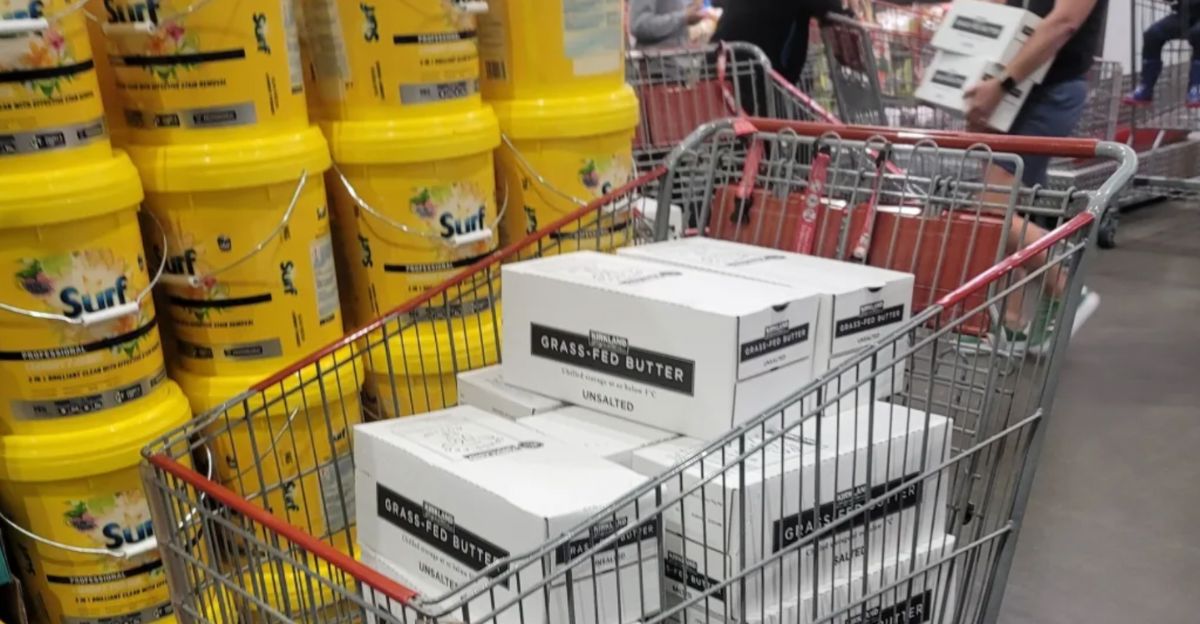
Dispelling the myth of limited storage constraint, setting realistic consumption levels to ensure viability, and understanding actual market opportunity and not manufactured scarcity all help consumers make informed choices.
Informed consumers trade off near-term cost savings with storage capacity and work in cycles to make bulk buying worth the hassle and avoid wasting through bad planning or misleading assumptions.
Discover more trending stories and Follow us to keep inspiration flowing to your feed!

Craving more home and lifestyle inspiration? Hit Follow to keep the creativity flowing, and let us know your thoughts in the comments below!
